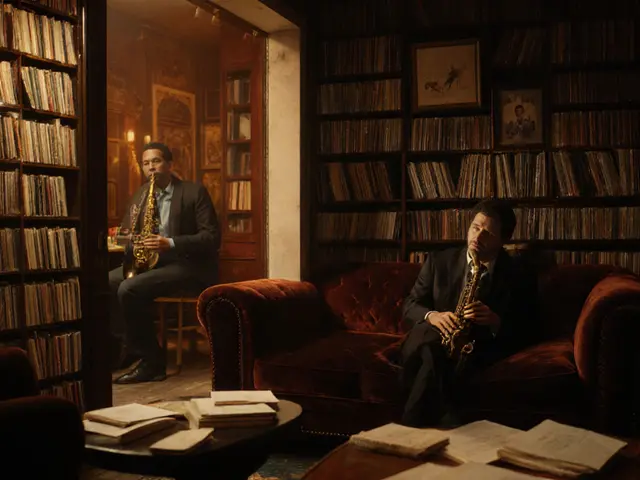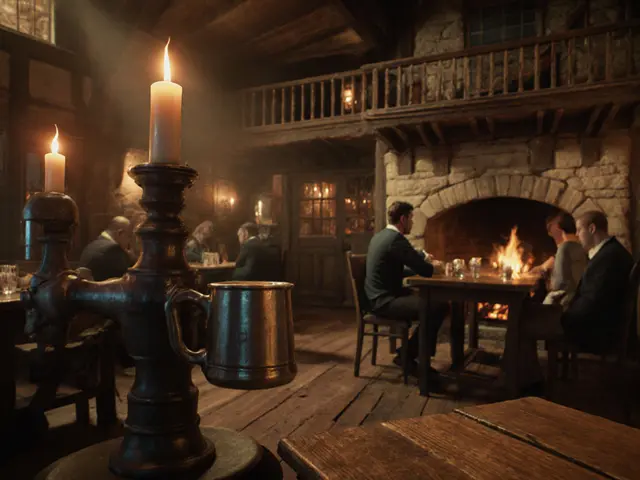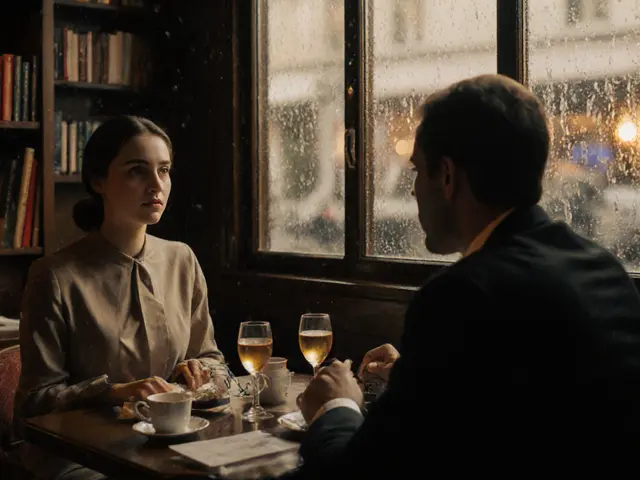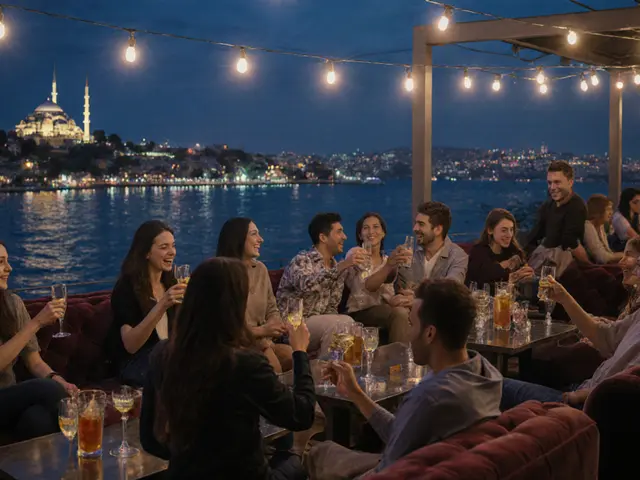Paris isn’t just about the Eiffel Tower at sunset. By 10 p.m., when most tourists head back to their hotels, the real Paris wakes up. The city’s nightlife doesn’t scream for attention-it whispers. And if you know where to listen, you’ll find places that haven’t changed in decades, where the music is live, the cocktails are made with care, and the crowd doesn’t care if you’re a tourist or a local.
The Bar That Doesn’t Have a Name
Tucked behind a fake bookshelf in the 11th arrondissement, there’s a door that doesn’t open unless you know the code. No sign. No website. Just a small brass bell you ring at 11 p.m. sharp. Inside, it’s dim, wood-paneled, and smells like aged whiskey and old books. The bartender, Jean-Luc, has worked here since 1992. He doesn’t take reservations. He doesn’t have a menu. He asks you what you’re in the mood for-dark, sweet, or bitter-and makes something you’ve never tasted before. Last year, a food critic from New York spent three nights trying to find it again. He never did. That’s the point.Le Perchoir’s Little Sister
Everyone knows Le Perchoir on the rooftop of a building near Canal Saint-Martin. Crowded. Expensive. Instagrammed to death. But just down the street, behind a faded blue door, is Le Petit Perchoir. No view of the city. No DJ. Just a single table under string lights, a few stools, and a guy named Marc who pours natural wines from small farms in the Loire Valley. He doesn’t speak English. He doesn’t need to. You point at a bottle with a weird label. He nods. You drink. You talk. You forget what time it is. This place doesn’t even have a website. It’s listed on one obscure blog from 2018. That’s it.The Jazz Cellar Under a Laundromat
Down in the 13th, beneath a 24-hour laundromat called Blanchisserie du Sud, there’s a staircase that leads to a basement no bigger than a studio apartment. This is Le Caveau des Fées. The walls are lined with vintage jazz records. The stage is a wooden crate. The drummer plays with brushes, not sticks. The singer, Amina, used to perform in Senegal before moving to Paris in 2007. She sings in Wolof, French, and sometimes English-always raw, always real. You pay 8 euros at the door. Cash only. No photos. No drinks served after 2 a.m. It’s not a club. It’s a ritual. Locals come here to remember what music used to feel like.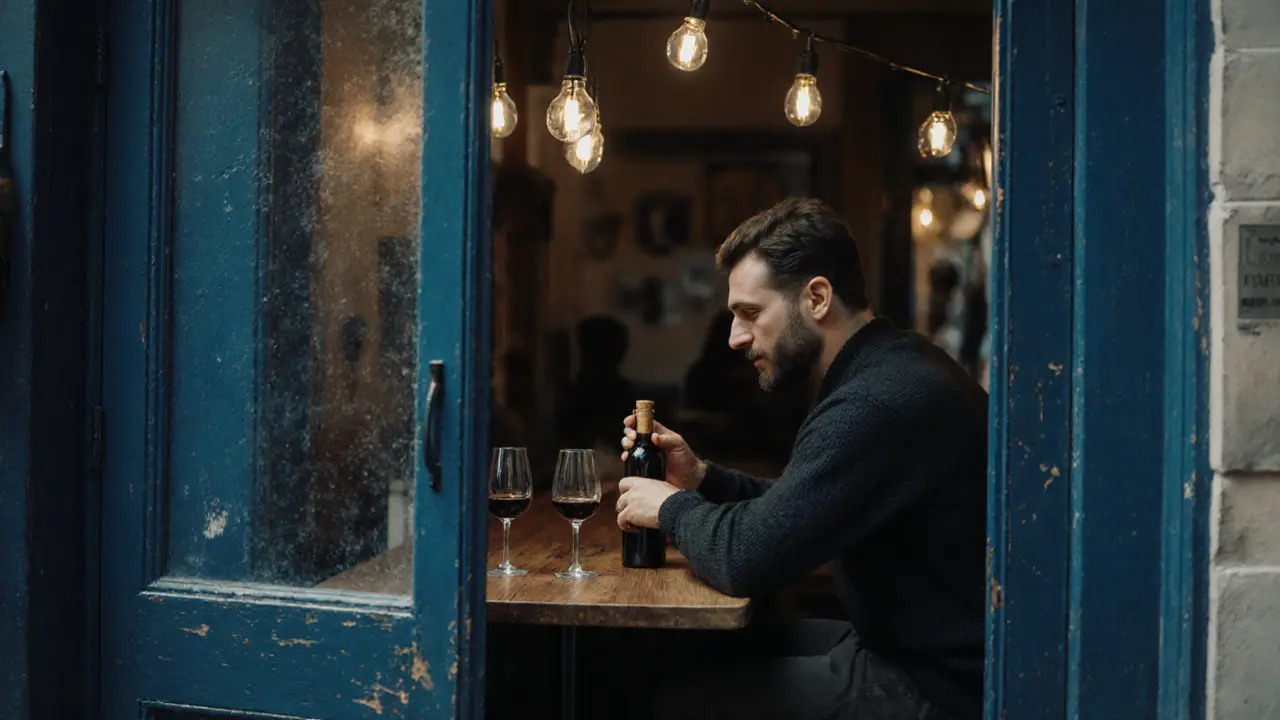
The 3 a.m. Boulangerie That Serves Wine
Most people think of Parisian bakeries as places for croissants and pain au chocolat. But in the 10th arrondissement, Boulangerie des Étoiles opens at 11 p.m. and stays open until 6 a.m. The owner, Claudine, started it in 2015 after her husband died. She missed the late-night conversations. So she started serving wine-natural, organic, from her cousin’s vineyard in Languedoc-with warm baguettes and cheese. No one orders dessert. Everyone orders a glass. The regulars? Taxi drivers, nurses off shift, students who just finished their exams. You don’t come here to party. You come here to breathe.The Secret Garden Party
Every third Saturday of the month, a gate opens in the 19th arrondissement behind the Parc des Buttes-Chaumont. No flyers. No social media posts. Just a single text message sent to 47 people. Inside, it’s a garden turned into a temporary venue. No stage. No lights. Just a sound system powered by solar panels and a DJ who spins vinyl records from the 1970s-Afrobeat, French chanson, Brazilian samba. People bring their own blankets. There’s no bar. Just a thermos of mulled wine passed around. Kids play with glow sticks. Older folks sit in silence, listening. It’s been running since 2012. The organizer? A retired librarian who doesn’t want it to become famous.Why Most Tourists Miss All of This
Parisian nightlife isn’t built for visitors. It’s built for people who live here. The bars don’t advertise. The clubs don’t have cover charges because they’re not trying to make money-they’re trying to keep something alive. The best spots don’t have Wi-Fi. They don’t have menus. They don’t even have names you can Google. And that’s exactly why they still exist.If you want the real Paris after dark, you need to stop looking for the next big thing. Start listening for the quiet ones. Ask the bartender if they know a place that doesn’t have a sign. Talk to the taxi driver who drops you off at 2 a.m. Ask the shopkeeper if they ever go out after work. You’ll get a nod. A smile. Maybe a whispered address. And if you’re lucky, you’ll walk into a room where time slows down, and you realize you’ve found the Paris no guidebook ever mentioned.
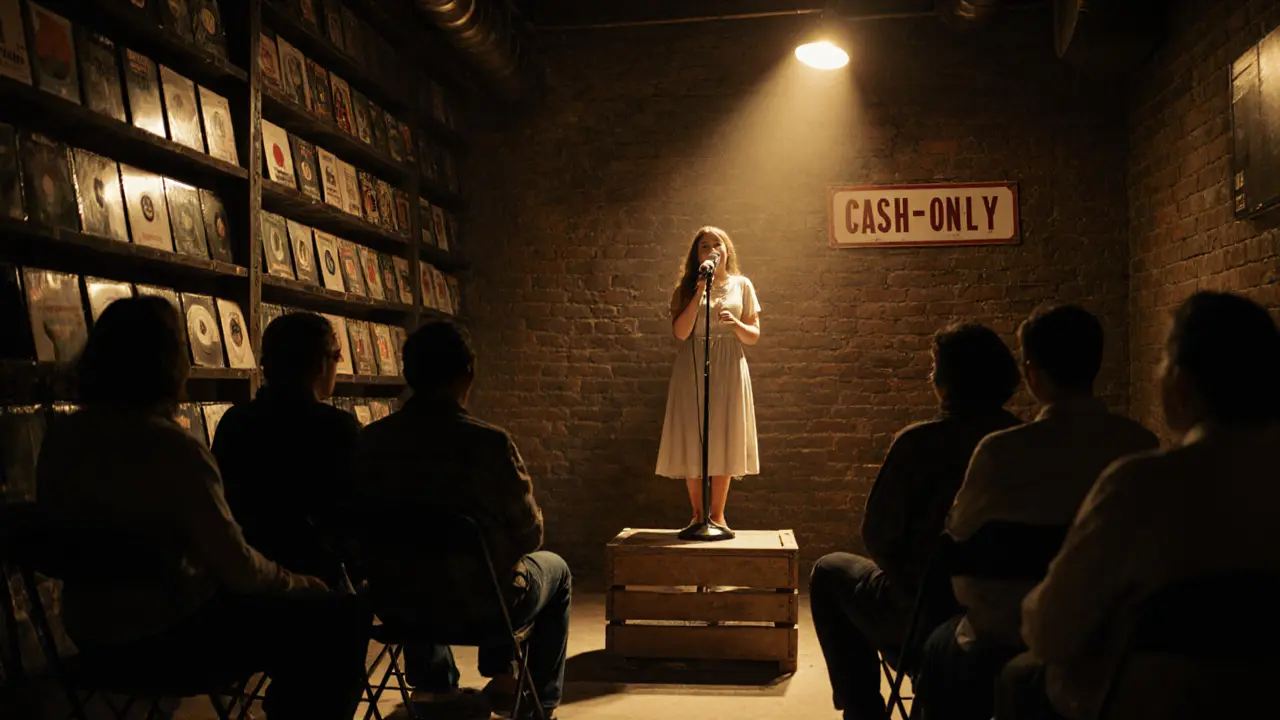
What to Bring (And What to Leave Behind)
- Bring cash. Most of these places don’t take cards.
- Bring curiosity. Don’t expect loud music or neon lights.
- Bring patience. You might wait 20 minutes for a table-or get turned away because the place is full.
- Leave your phone on silent. Flash photography is rude here.
- Leave your expectations at the door. You’re not here to check off a list. You’re here to feel something.
When to Go
Paris nightlife doesn’t follow the tourist schedule. Weekends are for locals, not visitors. Thursday and Friday nights are your best bet. Avoid Saturday-too many tourists, too many fake clubs trying to cash in. The real spots are busiest on Wednesday nights, when everyone’s tired of work and just wants to unwind.Arrive after 11 p.m. If you show up at 9, you’ll be the only one there-and the staff might not even be ready. Wait until the rhythm starts. That’s when the magic kicks in.
Are these hidden bars safe for tourists?
Yes, but only if you respect the space. These places aren’t dangerous-they’re private. Locals are protective of them. If you’re loud, take photos, or try to turn it into a photo op, you’ll be asked to leave. Be quiet, be polite, and you’ll be welcomed like family.
Can I find these places on Google Maps?
Most won’t show up. A few might appear with vague addresses or no photos. The ones that do are usually outdated. These spots survive because they’re not listed. If you rely on maps, you’ll miss them entirely.
Do I need to speak French?
Not fluently. A simple "Bonjour," "Merci," and "Qu’est-ce que vous recommandez?" go a long way. Most of the staff understand English but prefer you try. They’ll appreciate the effort. And if you don’t speak French? Just smile. It’s universal.
Is there a dress code?
No. No one cares if you’re wearing jeans or a suit. The only rule: no sportswear. No hoodies, no sneakers with socks pulled up. It’s not about looking rich-it’s about looking like you belong. Think casual, but intentional.
What’s the best time of year to experience this?
Spring and fall are ideal. Summer is too hot, and everyone’s on vacation. Winter is cold, but that’s when the hidden spots feel coziest. October through November is perfect-cool evenings, fewer tourists, and the city feels alive in a quiet, intimate way.

